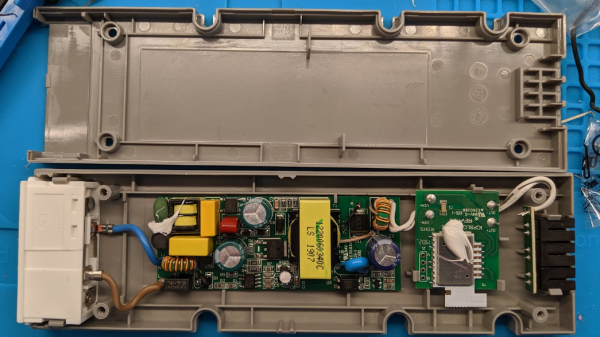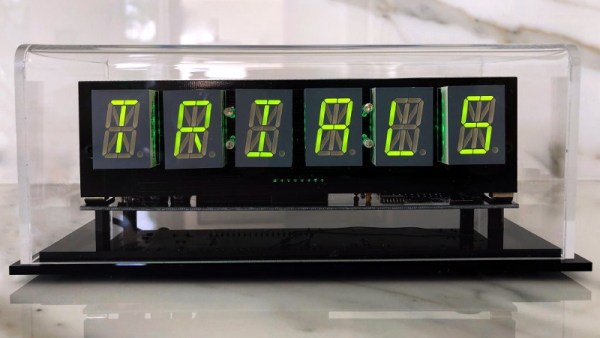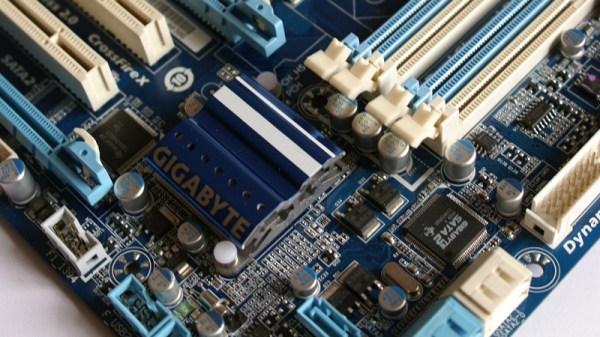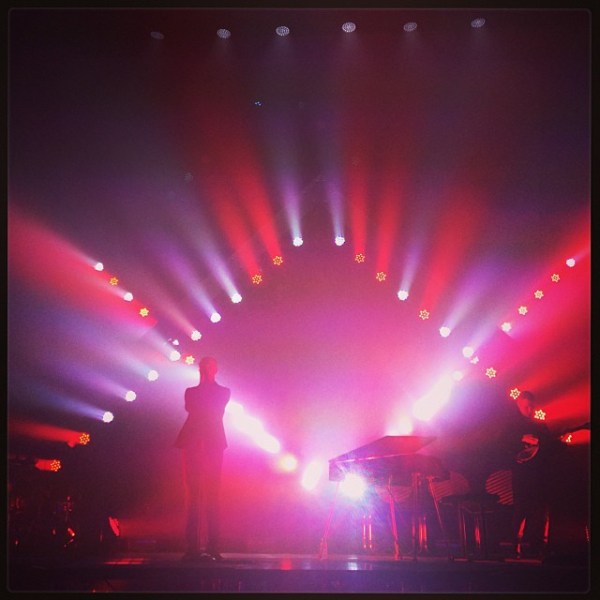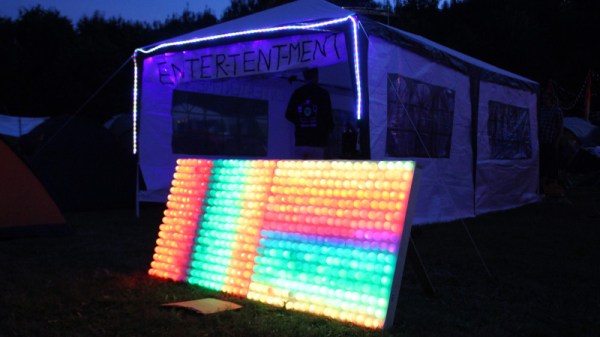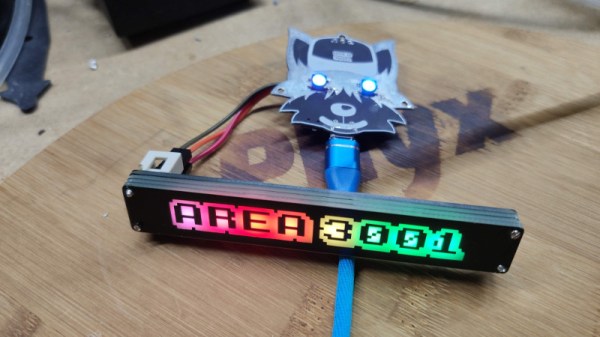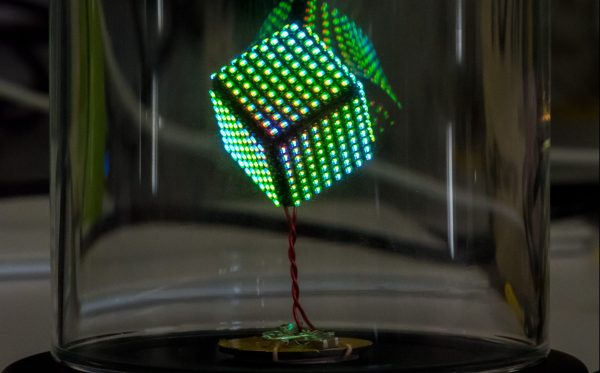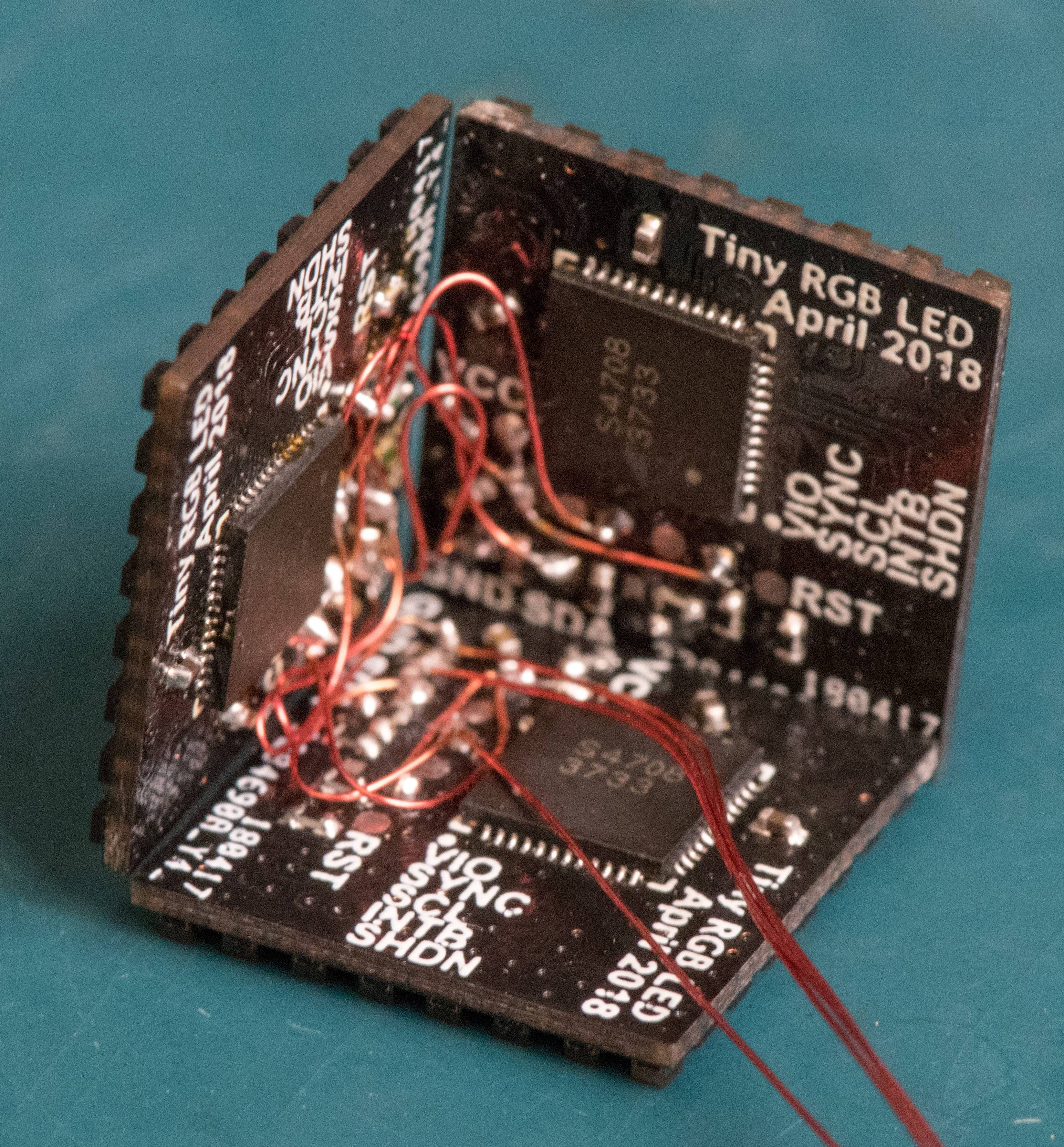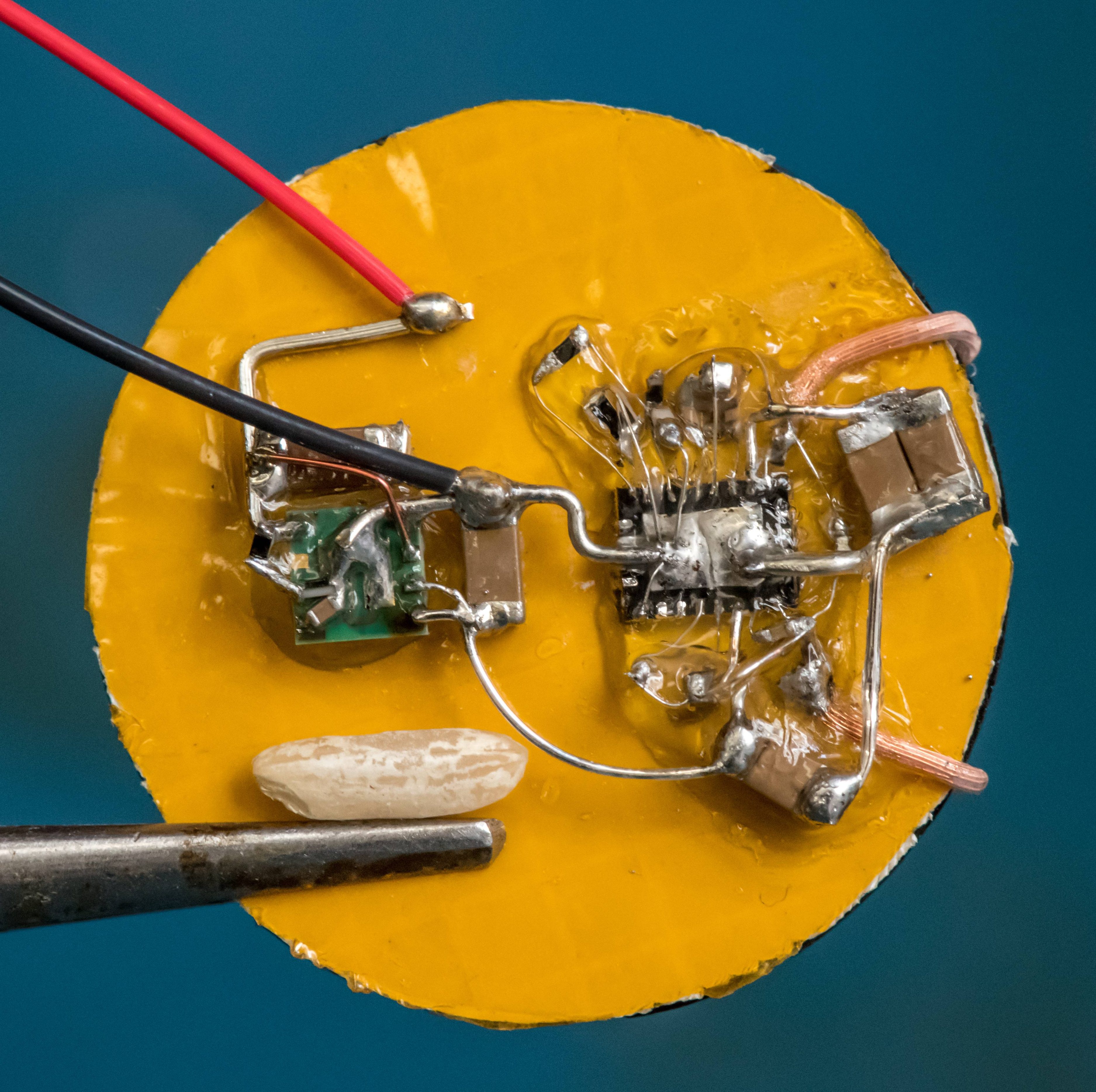Just because something is being actively documented and tampered with by enthusiastic hackers doesn’t mean the information is handily centralized. There can be a lot of value in gathering disparate resources in one place, and that’s exactly what [Trammell Hudson] has done with his resource page for hacking the IKEA TRÅDFRI LED power supply with wireless interface. Schematic teardown, custom firmware images, it’s all there in one convenient spot.
Back in 2017, the IKEA TRÅDFRI hacking scene was centered around the LED light bulbs but as the group of products expanded, the rest of the offerings have also gotten some attention.
Why bother tampering with these units? One reason is to add features, but another is to make them communicate over your own MQTT network. And MQTT is the reason you are only a Raspberry Pi and a trip to IKEA away from the beginnings of a smart home that is under no one’s control or influence but your own.

